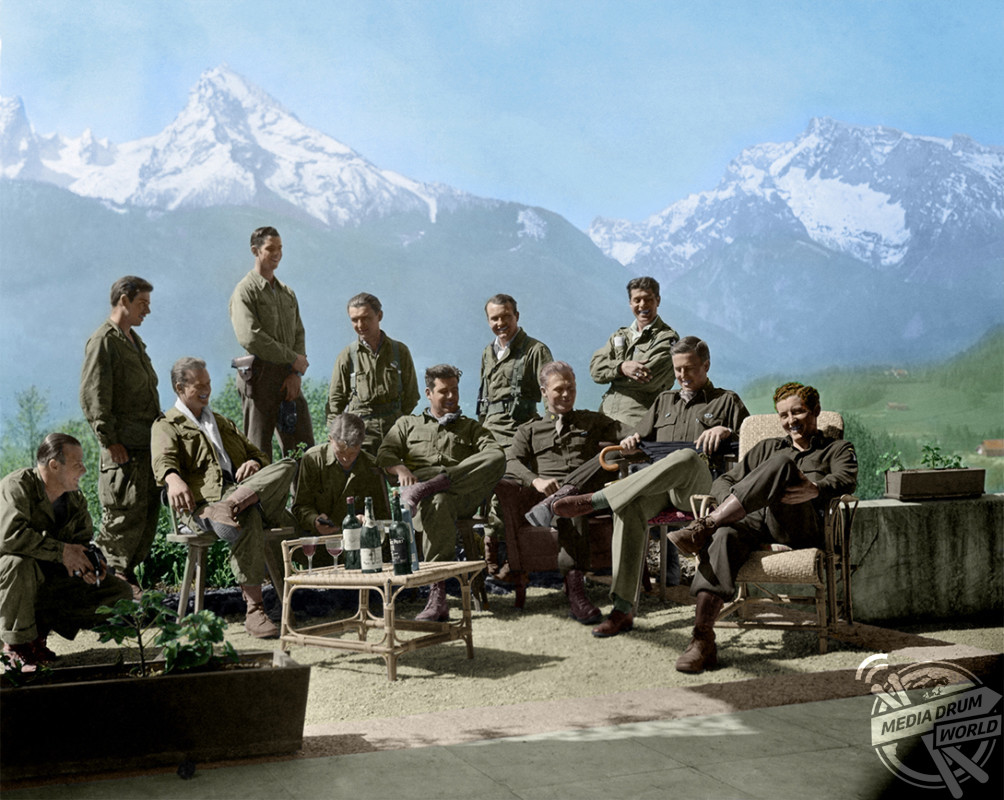
By Mark McConville
A SERIES of stunning colourised images have brought to light the diversity of the Allied forces fighting in World War Two vs the so-called homogeny of their “Aryan” Nazi foes.
Incredible pictures show a US soldier sharing a cigar with a Gurkha in Italy, British General Bernard L. Montgomery watching his tanks move up in North Africa and Russian sniper Julia Petrovna who is reported to have killed 80 German soldiers.
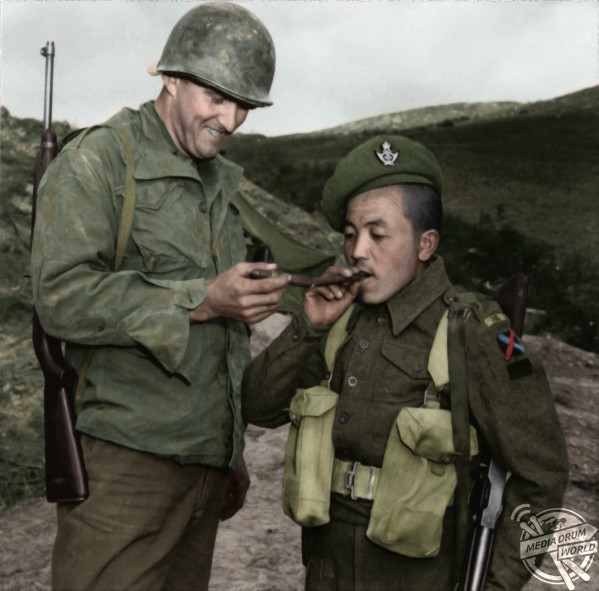
Other vivid colour photographs show a French Resistance fighter named Nicole who captured 25 Nazis, members of the Doncaster Home Guard training in preparation for an invasion that never came and FBI agents during firearms practice with a Browning R80 in 1936.
The original snaps were painstakingly colourised by design engineer Paul Reynolds (48), from Birmingham.

“I mostly colourise war photos because each photo usually has a story to tell, stories of real everyday people,” he said.
“I think colourising detailed photos really brings them to life. You notice detail that usually gets missed due to the monotone background.
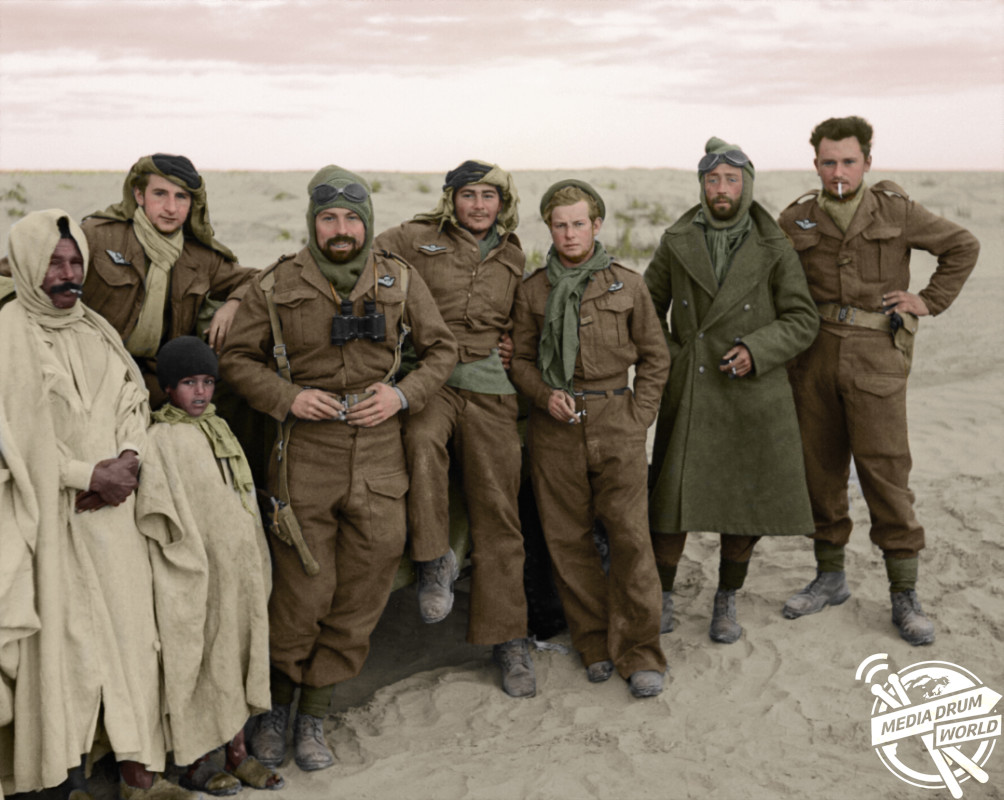
“The content of the photo conveys its own message; however I am glad that by colourising these photos more people are aware of the happenings of WWII.”
The Home Guard (initially Local Defence Volunteers or LDV) was a defence organisation of the British Army during the Second World War.
Operational from 1940 until 1944, the Home Guard was composed of 1.5 million local volunteers otherwise ineligible for military service, such as those too young or too old to join the services, or those in reserved occupations–hence the nickname “Dad’s Army”.
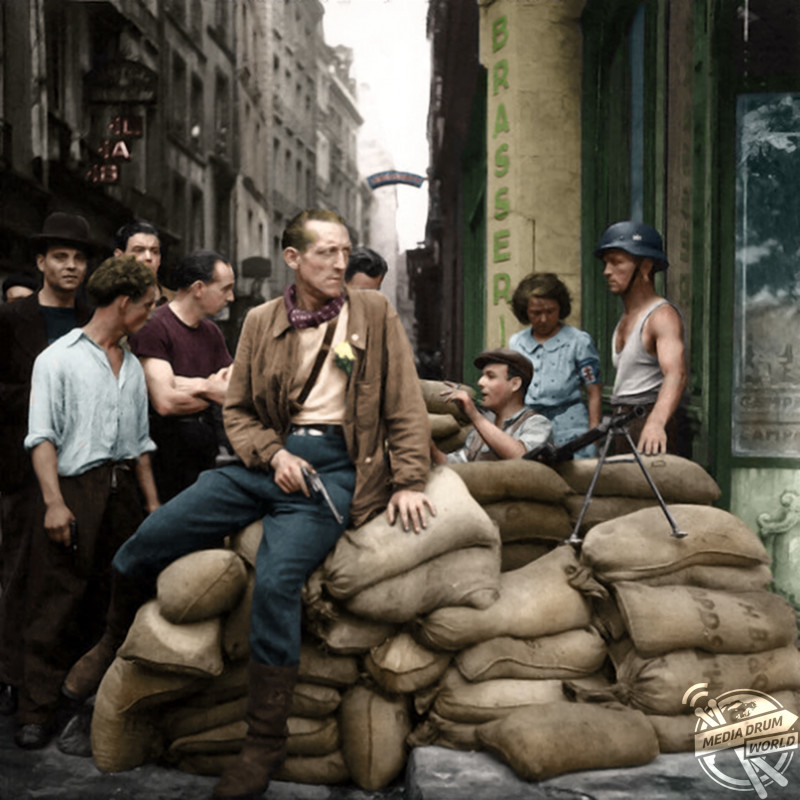
Their role was to act as a secondary defence force, in case of invasion by the forces of Nazi Germany and their allies. They were to try to slow down the advance of the enemy, even by a few hours in order to give the regular troops time to regroup.
The Home Guard continued to guard the coastal areas of the United Kingdom and other important places such as airfields, factories and explosives stores until late 1944 when they were stood down, and finally disbanded on 31st December 1945, eight months after Germany’s surrender.
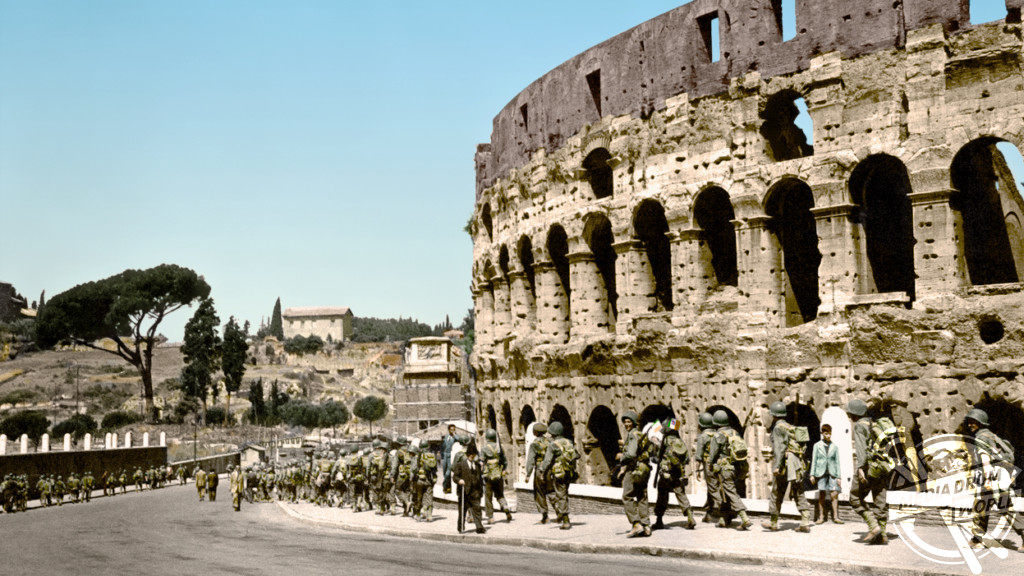
Men aged 17 to 65 could join. It was unpaid but gave a chance for older or inexperienced soldiers to support the war effort.
Paul explained how he added colour to the old photographs and the problems he ran into along the way.
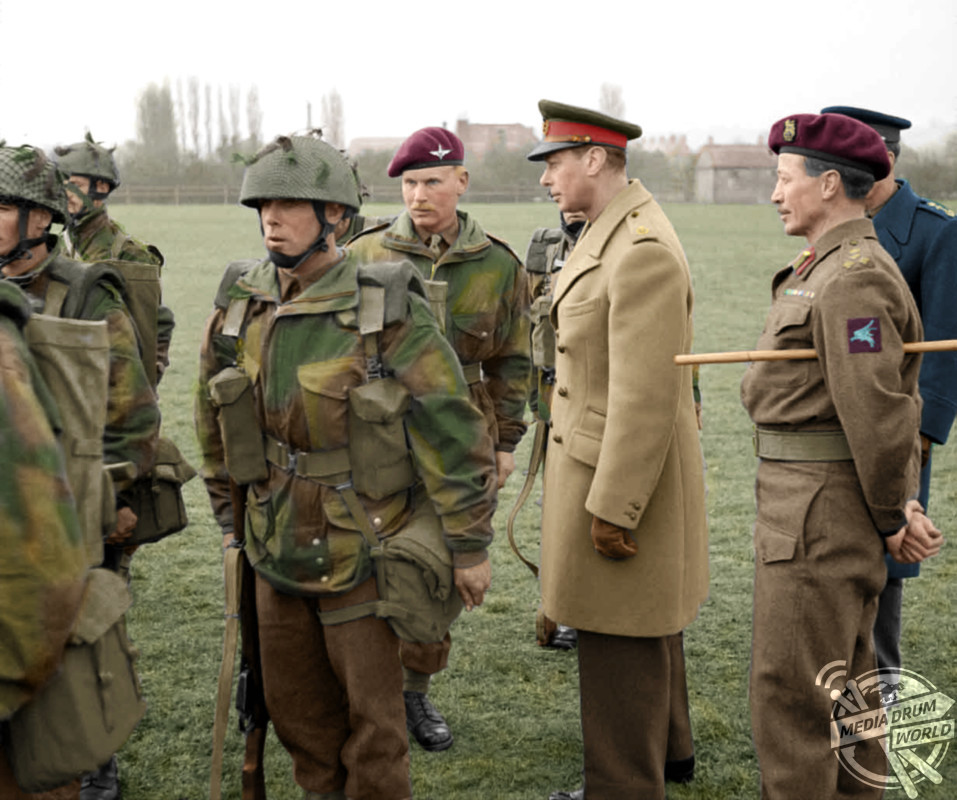
“I use a digital pen and pad and basically layer on the colour as you would with a painting,” he said.
“I’ve painted from an early age so this transition to digital was quite easy for me. The only problems I come across are the condition of the photos especially private commissions, most are torn, folded, creased, water damaged, dust spots and discoloured which then has to be digitally repaired with a brush, this process usually takes longer than the paint, but the finished photo is 100% sharper and more pleasing on the eye.”

Striking images like these are featured in British author Michael D. Carroll’s new book, Retrographic on the colourisation of historical images. It is available on Amazon now for £16.85.
For more information visit: https://www.amazon.co.uk/Retrographic-Historys-Exciting-Images-Transformed/dp/1908211504






